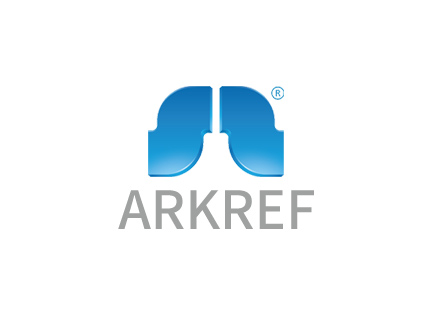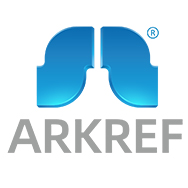Practical Tips for Industrial Low Temperature Chiller Selection
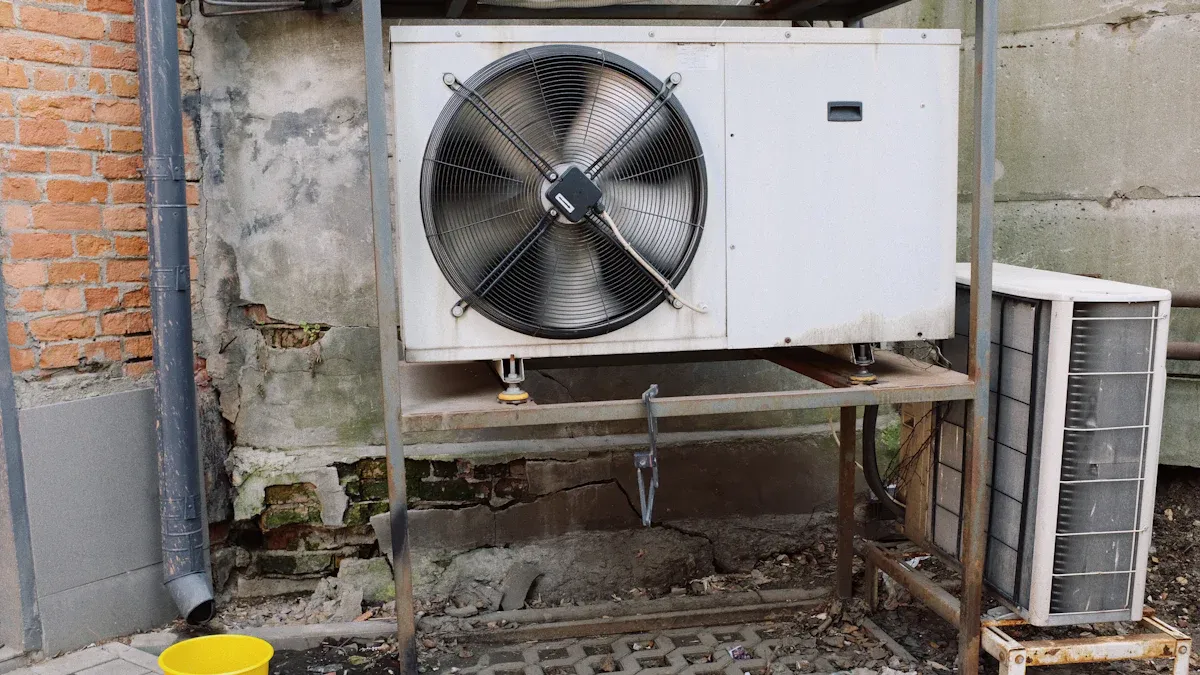
Choosing the right low temperature chiller is very important. It helps your work go smoothly and stay efficient. A good chiller cools properly, uses less energy, and saves money. Strong chillers work better and last longer. Knowing the main points helps you pick one that boosts work and keeps things steady.
Key Takeaways
Think about how much cooling you need. Add up the heat your machines make to pick a chiller with the right power.
Pick a chiller that fits your temperature needs. Different jobs need different temperatures to work well.
Find chillers that use less energy and have high SEER or EER ratings. These save money on power and help the planet.
Get chillers with strong, good-quality parts. Good parts work better and last longer, so you spend less on fixing them.
Check the company’s reputation and support. A good company makes reliable chillers and helps if you have problems.
Assessing Cooling Capacity for Low Temperature Chillers
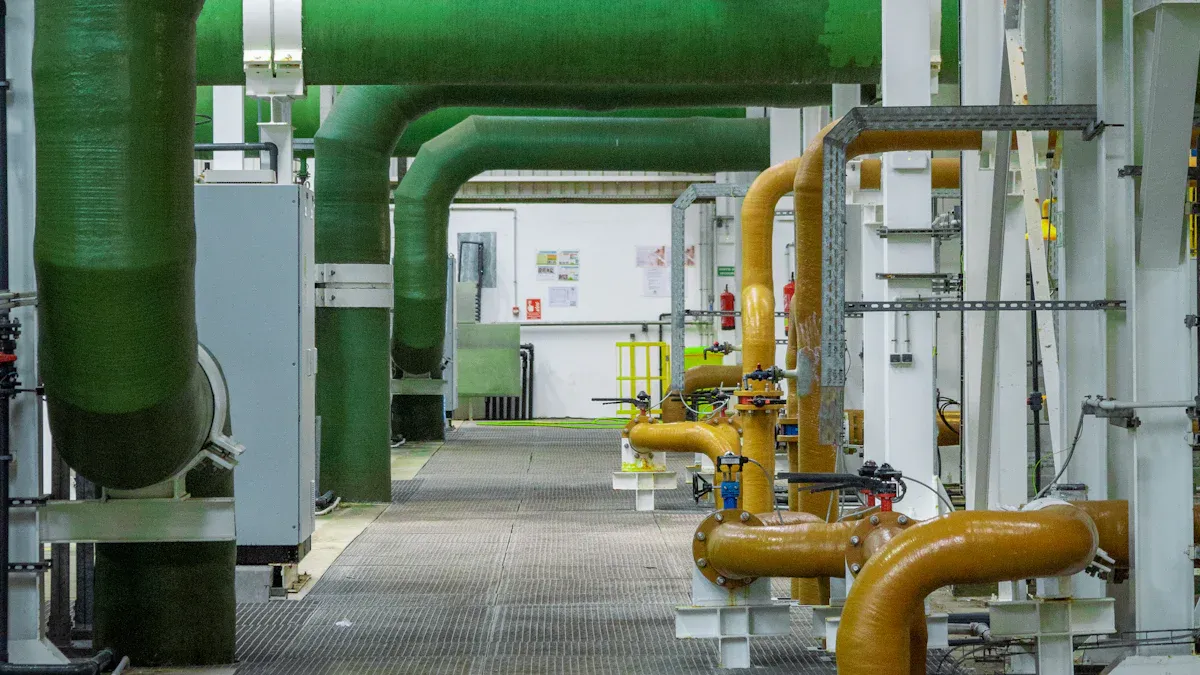
Understanding Cooling Needs
Knowing your cooling needs is the first step. Check how much heat your machines produce. Every machine makes heat that needs to be removed. Add up the total heat in kilowatts (kW) or BTU. This tells you how much cooling power you need. A chiller too big wastes energy. A small one can't keep up. Pick one that works just right for your needs.
Matching Temperature to Your Work
The chiller's temperature range must fit your job. Different tasks need different temperatures to work well. For example, storing food may need below -25°C. Other jobs might need between -8°C and 7°C. The SEPR chart below can help:
SEPR Type | Temp Range (°C) | Rule to Follow |
|---|---|---|
SEPR HT | 7 to 12 | Must Follow |
SEPR MT | -8 to 7 | Should Follow |
SEPR LT | Below -25 | Should Follow |
This chart shows how temperatures match rules. Picking the right chiller saves energy and avoids extra heating or cooling.
Checking Special Needs
Each job has its own needs. Think about flow rate, pressure, and fluids used. Some jobs need exact temperature control for delicate materials. Others need chillers that handle quick temperature changes. Look at these needs closely. The right chiller keeps things running smoothly. It also stops overheating or too much cooling.
Maximizing Efficiency in Low Temperature Chillers
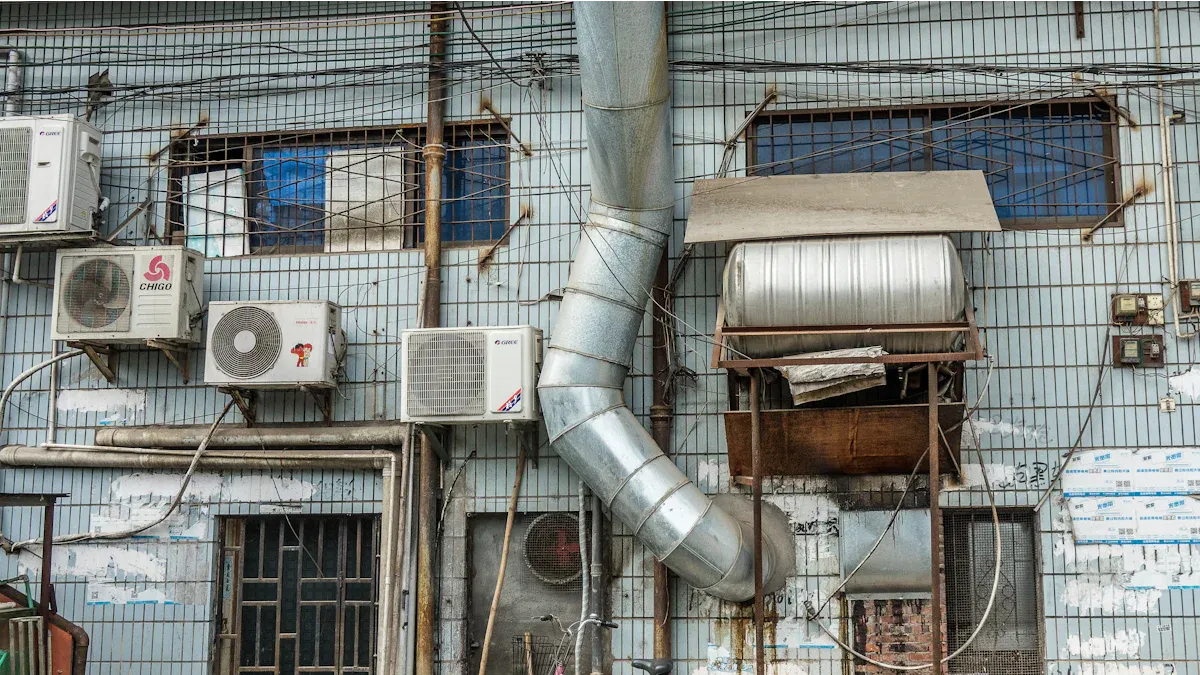
Comparing Energy Efficiency Ratings
Energy efficiency ratings are key when picking a chiller. They show how well the chiller uses energy. Higher ratings mean lower energy bills and better performance. Look for chillers with SEER or EER certifications. These prove the chiller meets energy-saving standards.
New technology has made chillers more efficient. Heat pumps now save 30-50% more energy than older models. This is thanks to eco-friendly refrigerants like ammonia and smart AI controls. Choosing a high-rated chiller saves money and helps the planet.
Exploring Energy-Saving Low-Temperature Systems
Energy-saving systems cool well and use less power. Features like chilled water optimization cut energy use by 15-30%. Fully integrated systems improve efficiency by up to 70%. These are great for industrial cooling needs.
Natural refrigerant ammonia works efficiently and is eco-friendly. It doesn’t harm the ozone and has low global warming effects. Adding renewable energy sources boosts efficiency and lowers CO2 emissions. This makes your system cost-effective and green.
Benefits of Variable Speed Compressors
Variable speed compressors adjust to cooling needs. They save energy by slowing down during low demand. This keeps the system efficient all the time.
They also control temperatures accurately, which is useful for steady cooling. These compressors last longer and need less fixing. Paired with ammonia refrigerants, they are efficient, reliable, and eco-friendly.
Ensuring Reliability and Durability
Why Good Quality Parts Matter
When picking a low temperature chiller, check its parts. Good parts make the chiller work well and last longer. Key parts like compressors, pumps, and heat exchangers are very important. Strong materials help these parts handle tough jobs without breaking often.
Choose chillers made with materials that resist rust. Stainless steel and special alloys are great options. Safe designs also lower the chance of problems. Reliable parts not only work better but also save money on repairs over time.
Checking the Manufacturer’s Reputation
The maker of the chiller is important too. A good company makes safe and reliable products. Look up the company’s history and read customer reviews. Happy customers mean you can trust their chillers.
See if the company’s chillers have certifications like ISO 9001 or CE marks. These show the product meets global safety and quality rules. A good company also offers help, like spare parts and technical support. This keeps your chiller running with fewer delays.
Features That Keep Things Steady
A stable chiller is key for smooth operations. Look for features that keep it reliable during long use. Advanced controls, like PLCs, help keep temperatures steady. They also warn you about problems early.
Safety tools like pressure valves and auto-shutdown systems protect the chiller. These are especially useful for tough industrial jobs. Features that reduce noise and vibration make the chiller last longer. By choosing these, you get steady cooling with fewer issues.
Simplifying Maintenance and Serviceability
Easy Maintenance Features
Pick chillers that are simple to maintain. Look for models with panels you can open easily. Modular parts make repairs and checks faster. Quick access to key parts like compressors saves time. Built-in diagnostic tools help spot problems early. This prevents big issues and saves money.
Some chillers clean themselves or defrost automatically. These features reduce the need for manual work. They keep the system running smoothly. Choosing a chiller with easy maintenance features lowers costs and keeps operations steady.
Replacement Parts Availability
Getting replacement parts quickly is very important. A strong supply chain helps you find parts fast. Here are some benefits:
Rebuilt parts are cheaper and easier to get.
Short wait times mean parts arrive faster for urgent needs.
Rebuilt parts are a good option instead of buying new ones.
Pick a chiller from a company with a reliable parts network. This avoids long delays and keeps your work running without problems.
Manufacturer Support and Warranty
Good support from the maker is important for your chiller. A strong warranty protects your investment and gives peace of mind. Common warranty options include:
Warranty Type | Duration/Details |
|---|---|
Standard Warranty | |
Extended Warranty Options | Covers parts, labor, and refrigerant for 10 years |
Additional Coverage | Includes full unit or compressor-only warranties |
Extended Warranty Purchase | Extra protection for parts and labor |
Choose a company with helpful warranties and good customer service. This ensures you get advice and parts when needed. A dependable company helps your chiller last longer and work better.
Balancing Cost and Long-Term Value
Upfront Costs vs. Operational Costs
When picking a low temperature chiller, think about upfront costs and long-term expenses. The price of the chiller may seem high at first. But running costs like energy, repairs, and labor add up over time. A chiller that costs more but uses less energy can save money later.
Here are some important financial terms to consider:
Term | Meaning |
|---|---|
Money spent on land, machines, and setup. | |
Operating Costs | Regular expenses like materials, labor, and repairs. |
ROI | Return on Investment, showing how much profit you earn. |
NPV | Net Present Value, showing future money value today. |
Looking at these terms helps you choose a chiller that saves money now and later.
Lifespan and Return on Investment
How long a chiller lasts affects its ROI. Good chillers work longer and need fewer replacements. For example, a strong industrial chiller can last 15–20 years with care. This means your money is well spent over time.
To get the best ROI, pick a chiller that saves energy and needs little fixing. These features lower costs and make the chiller worth more. A cared-for chiller cools well, keeps work steady, and saves money.
Financing and Leasing Options
If the cost feels too high, financing or leasing can help. Loans or programs like C-PACE financing let you pay over time.
Financing Type | What It Does |
|---|---|
Commercial Loans | Helps buy chillers or other equipment for your business. |
C-PACE Financing | Lets you treat upgrades as assets without hurting your finances. |
These choices make it easier to afford a good chiller. Leasing lets you switch to better models later. By using these options, you can get a reliable chiller without spending too much.
Ensuring System Compatibility
Integration with Existing Equipment
When picking a low-temperature chiller, make sure it works with your current setup. Check if the chiller connects easily to your pipes and electrical systems. Avoiding big changes saves time and money during installation.
Look at the control systems too. Many new chillers have smart digital controls. These can link with your existing equipment for better monitoring. If your system is old, think about upgrading for smoother operation.
Customization Options
Every job has different cooling needs. Customization lets you adjust the chiller to fit your work. Find manufacturers that offer flexible designs. For example, you might need a chiller with a specific cooling power or one using a certain refrigerant.
Some chillers can include extra features like quieter operation or better temperature control. These upgrades improve how the chiller works for your tasks. Talk to the manufacturer to make sure the chiller meets your needs.
Space and Installation Considerations
The size of your building matters when choosing a chiller. Measure your space and compare it to the chiller’s size. Smaller designs are better for tight spaces.
Think about how hard it is to set up. Some chillers are tricky to install, while others are simple. Pick one that fits your space and is easy to install. Good planning helps the chiller work well and meet your cooling needs.
Picking the right low-temperature chiller needs careful thought. Check cooling power, energy use, and system fit. Make sure it matches your needs. Balance efficiency, dependability, and cost for lasting value. A good chiller cools well and lowers running costs. Spend time learning and asking experts for advice. Their help can lead you to the best choice. This ensures smooth and steady performance for your work.
FAQ
What matters most when picking a low-temperature chiller?
Focus on cooling power first. It ensures the chiller handles your needs. Also, match the chiller's temperature range to your job for best results.
How can chillers use less energy?
Pick chillers with high SEER or EER ratings. Features like variable speed compressors and eco-friendly refrigerants save energy. These choices cut costs and improve efficiency.
How often should you check a low-temperature chiller?
Inspect it every three to six months. Check key parts like compressors and heat exchangers to avoid problems. Built-in tools can spot issues early.
Can chillers be made to fit special needs?
Yes, many companies offer custom options. You can ask for specific cooling power, refrigerants, or quieter models. Custom chillers meet your exact needs.
How long does a low-temperature chiller last?
With good care, it can last 15–20 years. Regular upkeep and strong parts help it work well for a long time.
See Also
Essential Strategies to Enhance Walk-In Chiller Performance
Guidelines for Choosing the Right Industrial Water Chillers
Important Factors When Choosing Industrial Tube Ice Makers
Maximizing Efficiency of Chillers and Compressors in ARKREF Units
Best Practices for Maintaining Cold Room Temperature Effectively
